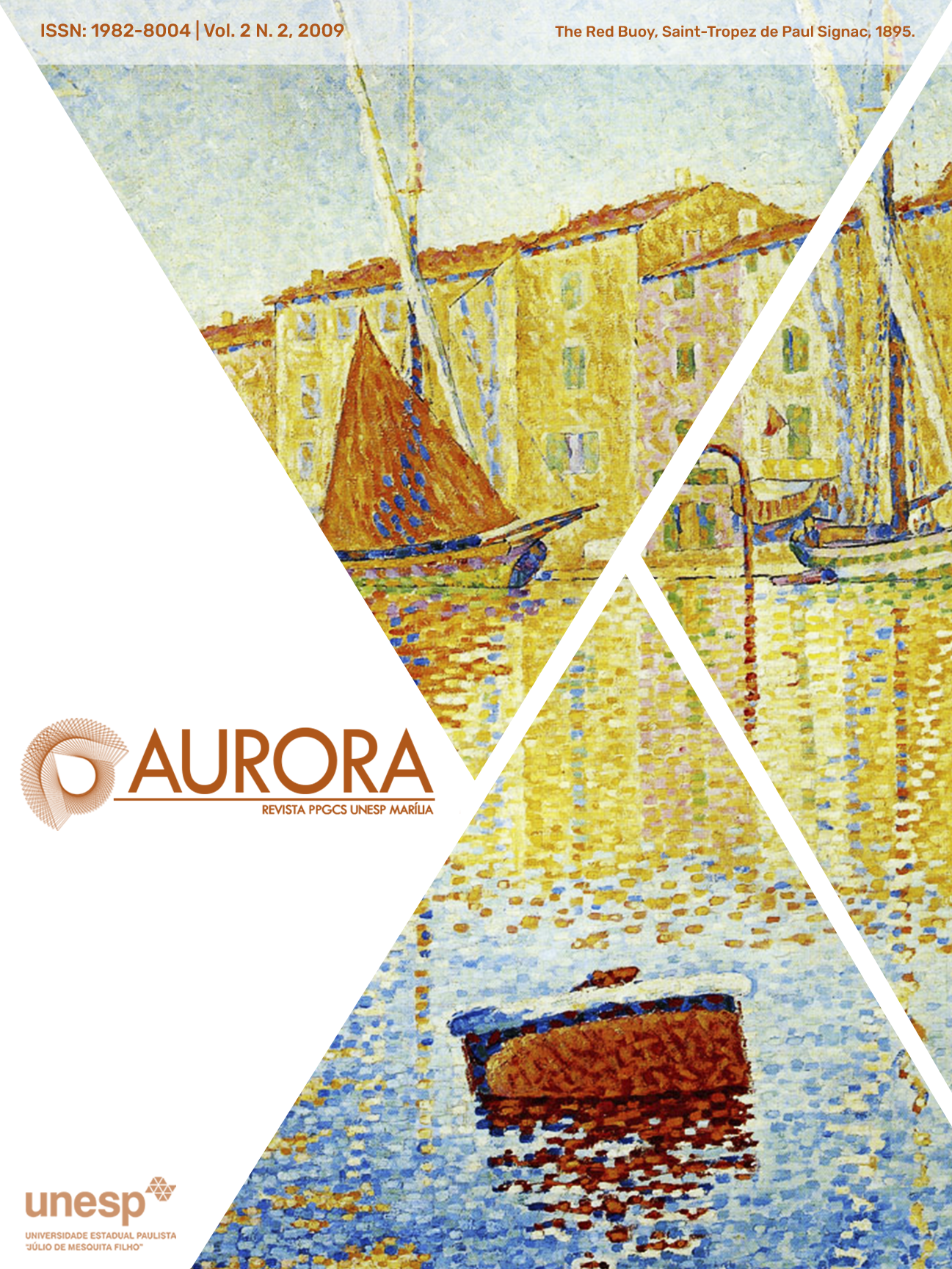The Chinese path of development and the role of state-owned companies in boosting the economy
DOI:
https://doi.org/10.36311/1982-8004.2009.v2n2.1207Keywords:
Economic growth, planning, state-owned enterprisesAbstract
The Chinese economic development has generated an extensive debate in the academic circle currently. Although there are others possible views that relate the strong economic growth of that country to the international conjuncture and to the world productive restructuring we consider that the State performance, internally, constitutes one of de factors of indispensable importance. In front of this, and when we have by objective to understand the role of the State in the Chinese way of development, we look for present a theoretical debate that supply us means to understand one of the mechanisms that we consider as a dynamiter of that strong economic growth: the state-owned enterprises.
Downloads
References
ALBUQUERQUE, E. M. Plano x mercado na história do pensamento econômico: diferentes contextos e lições de quatro rodadas de um grande debate. Belo Horizonte: UFMG/CEDEPLAR, 2007
CHAMBRE, H. A economia planificada. São Paulo: Difusão Européia do Livro, 1967.
CHANG, Ha-Joon. Ron bendo o modelo: Uma economia politica institucionalista alternativa a teoria neoliberal do mercado e do Estado. In: ARBIX, G. COMIN, A. ZILBOVICIUS, M. ABRAMOVAY, R. Brasil, México, África do Sul, Índia e China: Diálogo entre os que chegaram depois. São Paulo: UNESP: Universidade de São Paulo, 2002.
CHESNAIS, F. O capitalismo tentou romper seus limites históricos e criou um novo 1929, ou pior. Disponível em: Shttp://www.revistaforum.com.br/sitefinal/Noti ciasIntegra.asp?id_artigo=4636>. Acesso em: 03/12/2008.
ELSON, D. Market socialism or socialization of the market. New Left Review, n. 172, Nov.- Dec., pp. 3-44.
JABBOUR, E. China: infra-estruturas e desenvolvimento econômico. São Paulo: Anita Garibaldi, 2006.
China e a economia política do socialismo. Disponível em:
KENNET, D.; LIEBERMAN, M. The Road to capitalism. New York, London: The Dryden Press, 1992.
LANGE, O. Oskar Lange: economia. POMERANZ, Lenina (org.). São Paulo: Atica, 1981.
MANDEL, E. (1986) In defense of socialist planning. New Left Review, n. 159, Sep.-Oct., PP. 4- 37.
MANGABEIRA UNGER, R.: CUI, Z. China in the Russian mirror. New Left Review.
MAO JR, J.; SECCO, L. A revolução chinesa: até onde vai a força do dragão. São Paulo: Scipione, 1998.
MEDEIROS, C. A. China entre: os séculos XX e XXI. In: FIORI, J. L. (org.) Estados e moedas no desenvolvimento das nações. Petrópolis: Vozes, 1999.
NAPOLEONI, C. Curso de Economia Política. Rio de Janeiro: Graal, 1985.
NAUGHTON, B. Growing out of the Plan: chinese reform, 1978, 1993. Cambridge, New York: Cambridge University Press, 1995.
NOVE, A. A economia do socialismo possível. São Paulo: Ática, 1989.
OLIVEIRA, C. A. B. Reformas econômicas na China. Economia política internacional: análise estratégica. n° 5, abr./ mai. 2005.
PAULINO, L. A. Os BRICs e o equilíbrio do poder global. Disponível em: . Acesso em: 25 out. 2008.
PIRES, M. C. Brasil e China na globalização. São Paulo: LCTE, 2008.
POMAR, W. A revolução chinesa. São Paulo: UNESP, 2003.
RAWSKI, T. Chinese industrial reform: accomplishments, prospects and implications. AFA Papers and Proceedings, vol. 84, n°2, 1997.
The Economist, 11/8/2007, p. 36. Disponível em <http://www.unb.br/face/eco/inteco/textosnet/3parte/desigualdade_renda_asiaeamericalatina.pdf>, acesso em: 20 jun. 2009.
XIAN, Gao. A via chinesa para o desenvolvimento. Disponível em:http://www.cebela.org.br/imagens/Materia/123-128%20gao%20xian.pdf>, acesso em: 18 jun.2009.
YANG, D. Governing China's Transition to the market. World Politics, n° 48, abr. 1996.
ZEMIN, Jiang. Reforma e Construção da China, Rio de Janeiro: Record, 2002.
Downloads
Published
Issue
Section
License
Copyright (c) 2009 Gustavo Erler Pedrozo

This work is licensed under a Creative Commons Attribution 4.0 International License.
Open Access Journal Policy
Authors retain copyright over the published article, and Revista Aurora holds the right of first publication. The Journal adopts the Creative Commons Attribution (CC BY) 4.0 International license, which is used internationally by leading open access journals and publishers. This license allows others to remix, adapt, and build upon the published work, while giving appropriate credit to the original authors and the initial publication in this journal. Authors are permitted to enter into separate additional contracts for the non-exclusive distribution of the version of the work published in this journal (e.g., to publish in an institutional repository, on a personal website, to publish a translation, or as a book chapter), with acknowledgment of the authorship and initial publication in this journal.










